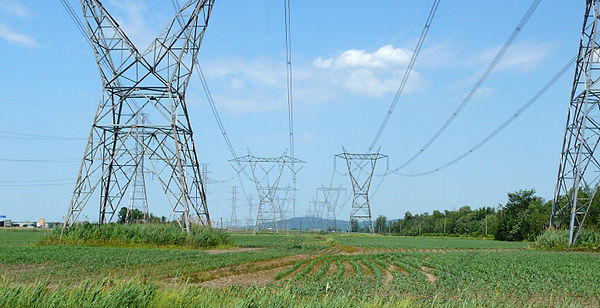Text:
“We’re all girls here”
Context:
The informant recounts that her old synchronized swim teacher would say this saying in response to young girls being afraid to change or be naked in the locker room. The intention as the informant remembers was to create a sense of solidarity and safety among the girls and to tell them that it was safe and not taboo to be naked in this space.
The informant also notes that she has brought this saying up with her boyfriend who has played football (and therefore, presumably been in many a men’s locker room). He was unfamiliar with the saying and did not recount a male equivalent to the phrase.
Analysis:
To me, this saying is an example of teaching or imposing gender on children. This phrase indicates a need to remind children of the gender systems around them. When children are young they are generally unaware of gender. when they go to school and exit their homes later in life they are introduced to gender and what that means for their lives. This saying informs young girls that around other girls and women it is safe and acceptable to be naked and show taboo body parts like genitals and secondary sexual characteristics. It also subtly indicates that it is unsafe or unacceptable to be naked around boys and men.
The fact that there was not a clear or memorable male equivalent saying indicates to me that boys and men are not held to the same standard of concealing their bodies. Nor are they taught of exposure being something dangerous.

